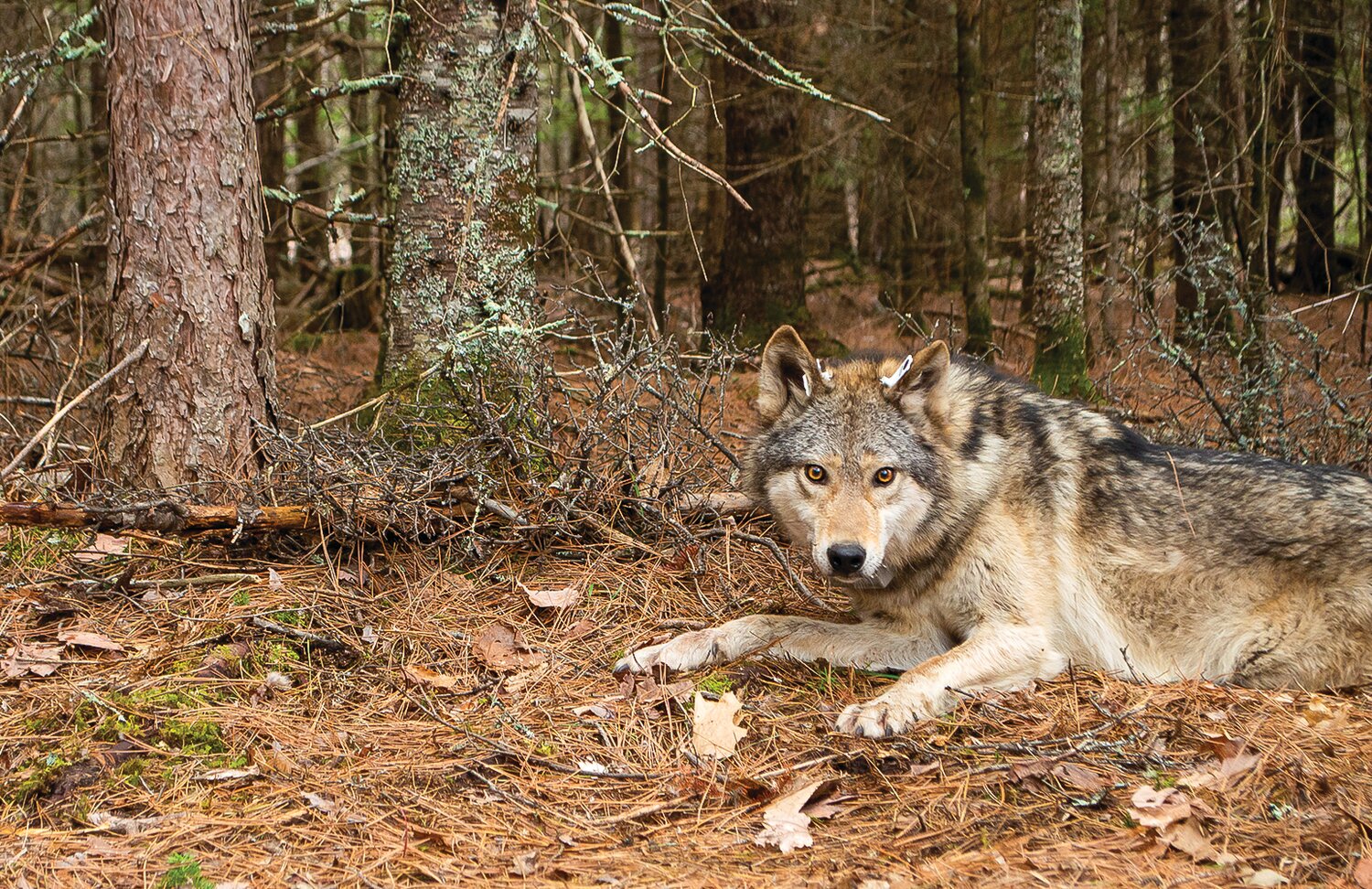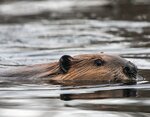Support the Timberjay by making a donation.
How wolves affect forests
By restricting beaver foraging range, they limit the impact of beaver cutting
VOYAGEURS NATIONAL PARK— A new study just published by the Voyageurs Wolf Project has provided data to confirm the idea that predators, like wolves, can shape the ecosystems in which they live …
This item is available in full to subscribers.
Attention subscribers
To continue reading, you will need to either log in to your subscriber account, below, or purchase a new subscription.
Please log in to continue |
How wolves affect forests
By restricting beaver foraging range, they limit the impact of beaver cutting
VOYAGEURS NATIONAL PARK— A new study just published by the Voyageurs Wolf Project has provided data to confirm the idea that predators, like wolves, can shape the ecosystems in which they live by affecting the foraging habits of their prey.
In the case of Voyageurs, the new research, published by The Royal Society B, has demonstrated the degree to which wolf predation is affecting the foraging behavior of the beaver, the most influential mammal, second only to humans, in the North Woods.
Beavers are known as ecosystem engineers because of the way their activities routinely transform forestland into complex wetlands that can persist for decades. Unlike most herbivores, such as deer or moose, which range across a relatively large territory as they browse, beaver use their ponds and lodges as a home base. From there, they create foraging trails in a hub and spoke pattern, focusing their foraging as close to the relative safety of their ponds as possible.
For beaver, it’s a balancing act between the need for food and the risk of predation. During the ice-free season, beaver make up just over 40 percent of the diet of most wolves in and around Voyageurs, where beaver are abundant. The Voyageur Wolf Project has previously documented how wolves wait in ambush for beavers as they forage along established carry trails. Their latest research has confirmed a logical but, to date, largely unproven notion that beavers are more likely to face wolf attack the further they travel in their foraging forays.
The notion would seem to be common sense, but as the research team, led by Dr. Tom Gable, noted, there has been little scientific evidence, until now, to validate it. Through their ongoing research, Gable had noted several years ago that wolves seemed to spend more time hunting on those portions of beaver trails furthest from the safety of the pond.
Through the use of trail cameras and field observations, the research team was able to analyze beaver activities in detail. They found that beavers ranged as far as 80 meters, or about 260 feet, from their home ponds but spent 50 percent of their foraging time no more than 15 meters, or about 50 feet, from the safety of their ponds. While wolves were occasionally successful in catching beaver near their ponds, those short foraging trips accounted for just 24 percent of wolf ambushes and just 15 percent of wolf kills.
By contrast, the 50 percent of beaver foraging forays that extended further than 15 meters from their pond accounted for 76 percent of wolf ambushes and fully 85 percent of kills. This predation pressure effectively limits the distance that beaver will range from their home ponds in search of food, at least in a region like northeastern Minnesota where wolf densities are among the highest in North America.
The researchers also surmise that wolf predation may be placing a strong selective pressure on beaver populations, by eliminating more of the breeding animals that tend to range the furthest, while killing fewer beavers that limit their foraging close to the water’s edge.
“We speculate that over time, breeding beavers that forage closer to water might have higher fitness and produce offspring with similar foraging behaviors,” wrote the researchers.
Limiting the influence of beavers
Perhaps the most interesting finding of the research is the degree to which wolves, through predation pressure, limit the impact of beaver on surrounding forests. Unlike most herbivores, that mostly lightly browse or graze as they feed, the impact of beavers on a forest can be dramatic, equivalent to a logging clearcut. And because beaver select for favored tree species, particularly aspen here in the North Country, and largely ignore conifers, they can dramatically alter the makeup of forests.
The latest study estimates that the predation pressure created by wolves reduces the foraging range of beavers by 43-69 percent. Through aerial photography and other documentation, the study was able to demonstrate how beaver altered the landscape in which they forage over time, often converting areas of forest once dominated by aspen to conifers such as balsam fir or spruce, which beavers don’t consume. Over time, this can create rings of conifers, or less preferred deciduous trees, around beaver ponds that often extend out to the usual foraging limit of the beavers using the pond. By limiting that foraging range, through predation pressure, wolves are, in effect, limiting the geographic scale of that forest conversion.
The researchers noted that beavers that exist elsewhere in largely predator-free areas range much farther from the safety of water, as much as 400 meters, than beavers in places like northern Minnesota. Without wolf predation pressure, the research concludes, beavers would have a much larger impact on northern Minnesota forests.











